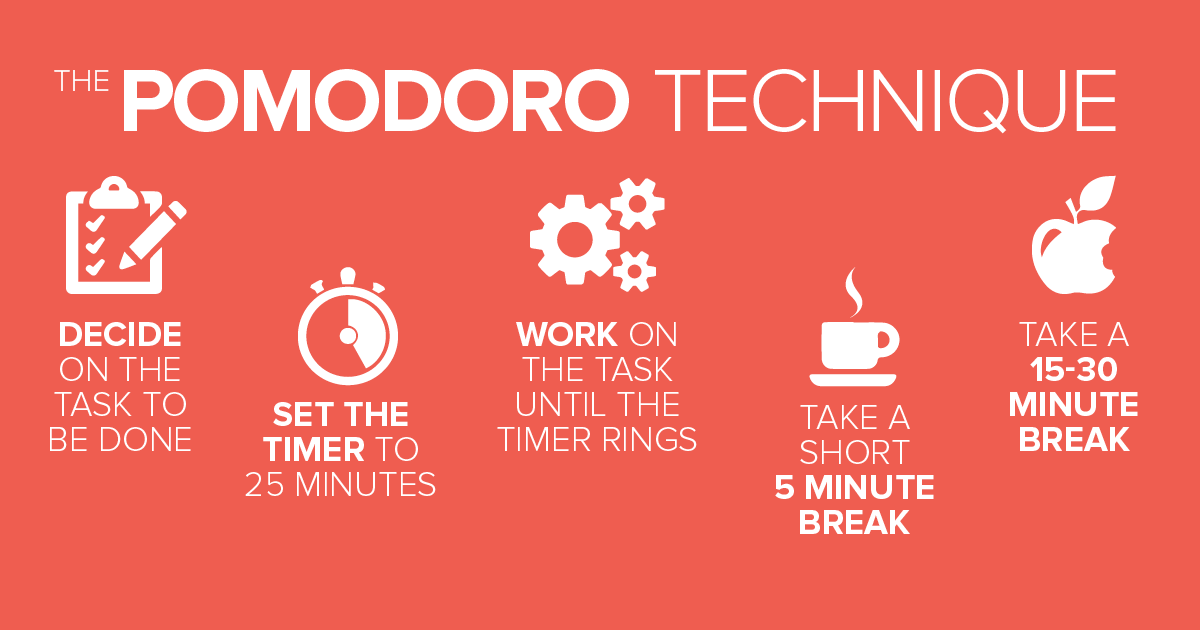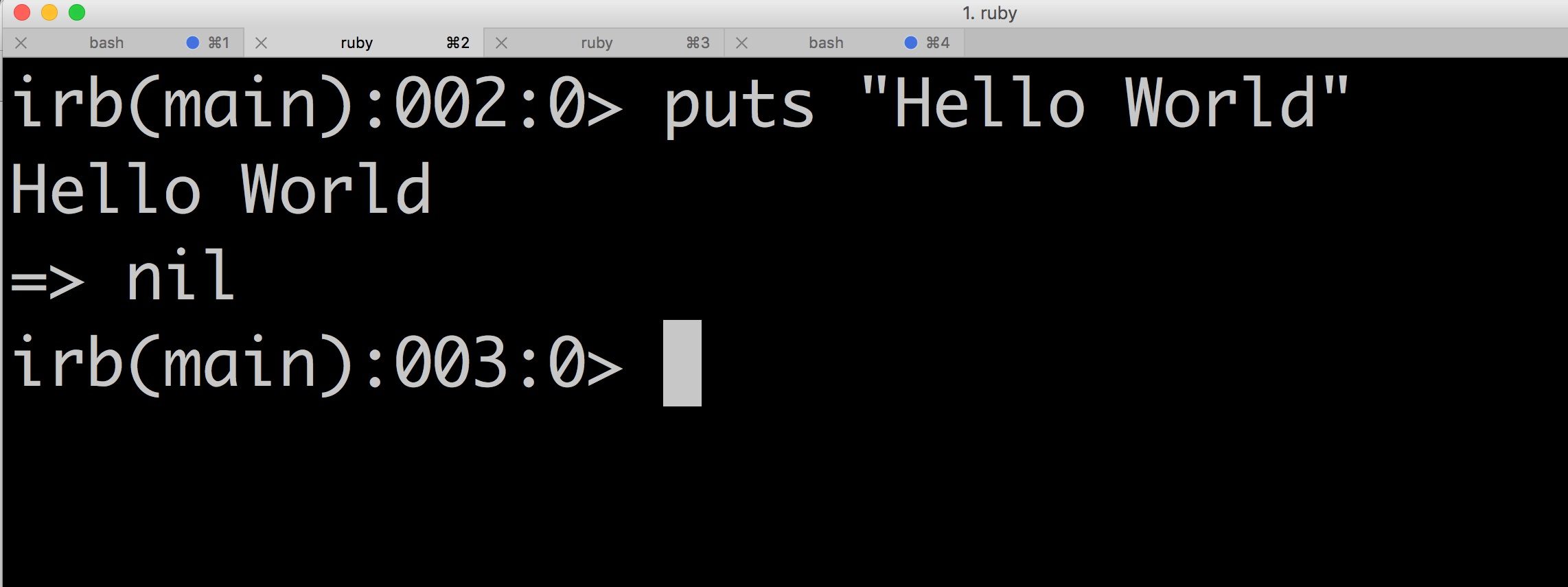In the past few months, I’ve been using the Pomodoro Technique® at work, specially when pair programming. This technique is a really simple time-management tool created by Francesco Cirillo, and it takes its name from kitchen timers, those you can easily identify because they are shaped like tomatoes.
In this post, I’d like to mention the advantages we get when applying the Pomodoro Technique® while working in pairs.
First of all, I’d like to explain briefly how this technique works: the main idea is to focus your attention on a single task for 25-minute long spans, avoiding distractions in your work environment. You have to take a 5-minute break.
During the break, you are allowed to do anything you want: check your email, make phone calls, attend to other people, get some coffee, etc. The point is to change the focus on anything but the task you are working for. The 25-minute session is known as a Pomodoro, the italian word for tomato. After the break, a new Pomodoro begins, in order to continue the task or start a new one.
Once you complete four pomodori (plural for pomodoro), a longer break begins, that could last 20 or 25 minutes.
The main goal of this way of doing things is to focus fully on a single task, without forgetting that is important to take regular breaks. The outcome of using this method is a fresh and focused mind.
Pomodoro and pair programming
The Pomodoro Technique® works great with pair programming because distractions are minimized, specially when the rest of the team and coworkers know and understand this way of accomplishing goals.
Another good thing is the possibility of switching drivers allowing programmers to take different roles in each pomodoro.
Both users focus on finishing their tasks as soon as they can, because the countdown urges them to accomplish the activities planned for the sprint.
Advantages
These are the main advantages from my point of view:
- Initial planning and decomposition of tasks into smaller entities.
- Less anxiety about getting the work done.
- Short iterations keep motivation.
- Less distractions help you to stay focused.
- You learn to prioritize your activities.
Conclusion
From my experience, using this technique has helped me to discipline my mind during working hours, forcing me to break activities down to smaller (easier to handle) tasks, focusing my attention and avoiding distractions, specially when pair programming, because we have to respect the time for work and the time for breaks of everyone involved in the activity. We have to respect the tomato.
I quickly adapted to the technique, even more after noticing the benefits reflected in my productivity and concentration. Now I can hardly work without it.
Distractions will never disappear completely, but they will be significantly minimized. And in case they keep stealing your time, this technique will help you get rid of them.
It is worth trying this tool if you are looking for a way to stay focused, finish your work as planned, and maximize your time.



